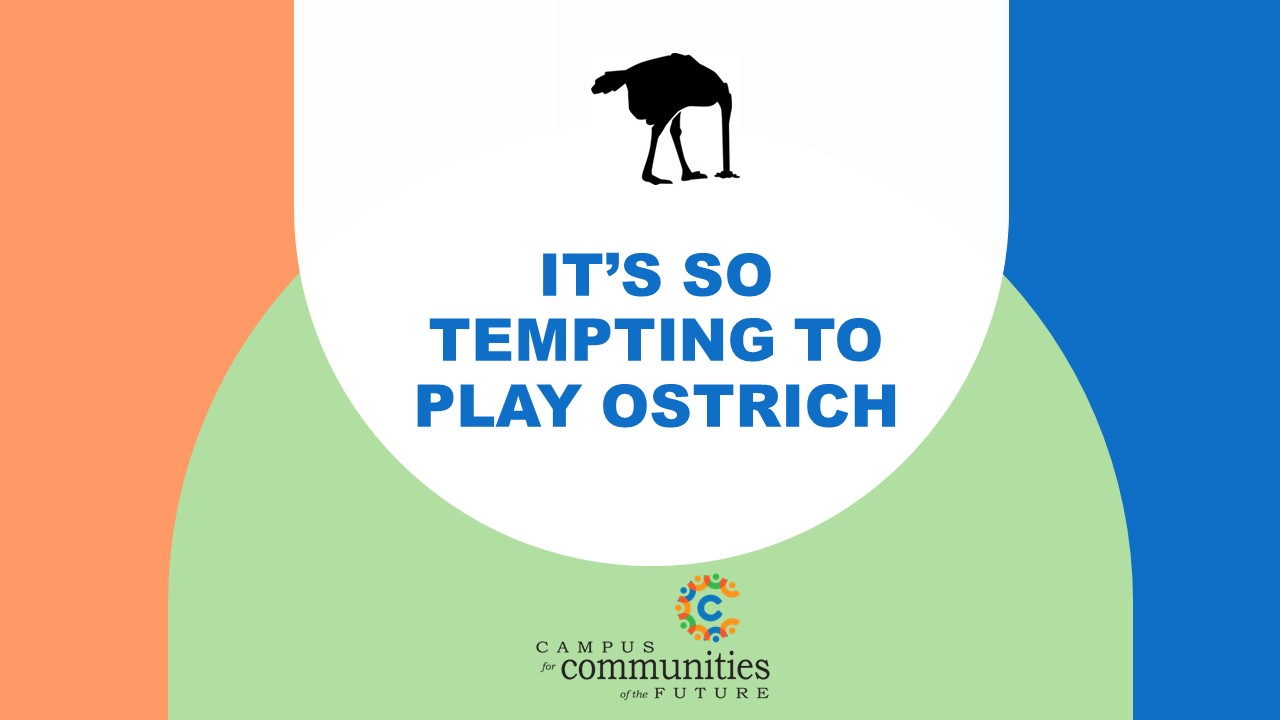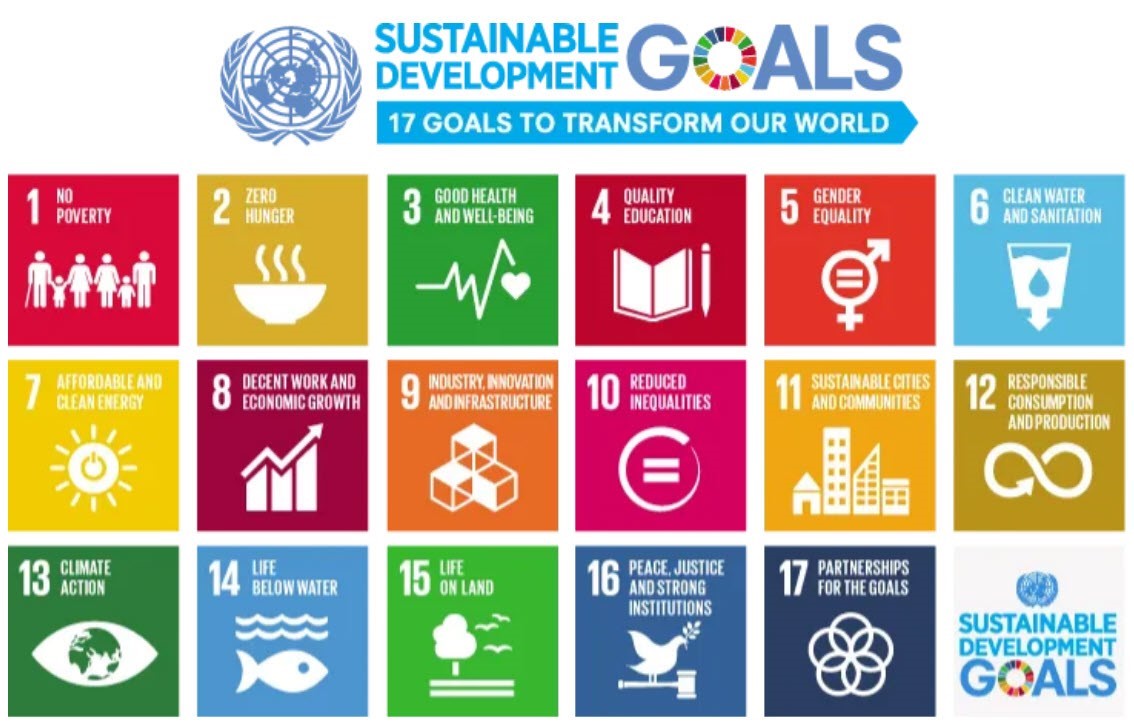It’s So Tempting To Play Ostrich

Curiosity velocity is a positive attribute, but sometimes we may not like what we find.
I recently stumbled across a 2022 study by Lancet Planetary Health that surveyed 10,000 people between the ages of 16 to 25 from 10 different countries.
Here’s the sad part.
Three-quarters of those surveyed said, “the future is frightening” with more than half believing that “humanity is doomed.” Nearly 4 in 10 said that they were hesitant about having children.
Some 58 percent of those surveyed said their governments are betraying them and future generations.
The authors suggest this gut-wrenching anxiety among young people, can only be addressed if those in power take meaningful action to address climate change. While the survey respondents are pointing the finger at government, the reality is that we’re all in this together. Maybe we can’t change the world, but we can work collaboratively to change our corner of the world.
Even though it’s tempting to blame others, or play ostrich and bury our head in the sand, it’s important for everyone, especially youth and young adults, to spend time thinking about the future.
Why? Because thinking about the future helps us to see that change comes from both the world and from ourselves. While there is much we can’t control, there is much we can influence and control to combat our fears and make a difference.
Thinking about what kind of future we want and how to make it happen promotes hope and readiness for what is certain to be a non-linear and uncertain future. It will also provide a sense of control that is often missing among youth and young adults.
Futurists are suggesting there will be more changes in the next 10 years then there have been in the past 100 so we best get started.
So where do we begin in terms of building a better future? Typically, building begins with a blueprint and the United Nations General Assembly provided an important one. This 2015 framework, articulates 17 Sustainable Development Goals (SDGs) and a call for action by all countries to promote prosperity while protecting the planet.

These SDGs can be viewed as a blueprint for achieving a better and more sustainable future for all. They address the global challenges we face, including poverty, inequality, climate change, environmental degradation, peace and justice.
There is sometimes a tendency to believe that SDGs produced by the UN at a global level, are not especially relevant to those at the local or regional level. However, they do serve a critical role in providing a clear direction for today’s chaotic, brittle, anxious, and often incomprehensible world.
As a blueprint, the SDGs also serve to motivate and guide any one individual, organization, or community wanting to make a difference. Each one of us can review the 17 goals, and choose one that is an issue or opportunity where we live. Then, we can start to think what can be done collectively to address that issue or opportunity at the local level. No one person is going to be able to find the answers on their own, so finding a few other individuals to help get started will be important.
While getting started may sound intimidating, remember that Google is the most powerful research tool in history and can help you find others who are already addressing that same issue in their own community. They already have ideas and initiatives that could be replicated.
The young adults who were surveyed have good reason to be frightened but there are also many young adults who are, or have the potential to be, energetic, thoughtful, caring leaders. Leadership is a behaviour, not a title, so don’t wait to be asked. Do it for yourself because action is the best countermeasure for despair. Our communities and our world, need everyone pulling together because government can’t do it alone.
Posted on 11-15-22Next entry: Ocean Freighter or Canoe?
Previous entry: The Soft Side of Innovation

 Brenda Herchmer is the owner of Grassroots Enterprises, a community development consulting company.
Brenda Herchmer is the owner of Grassroots Enterprises, a community development consulting company.